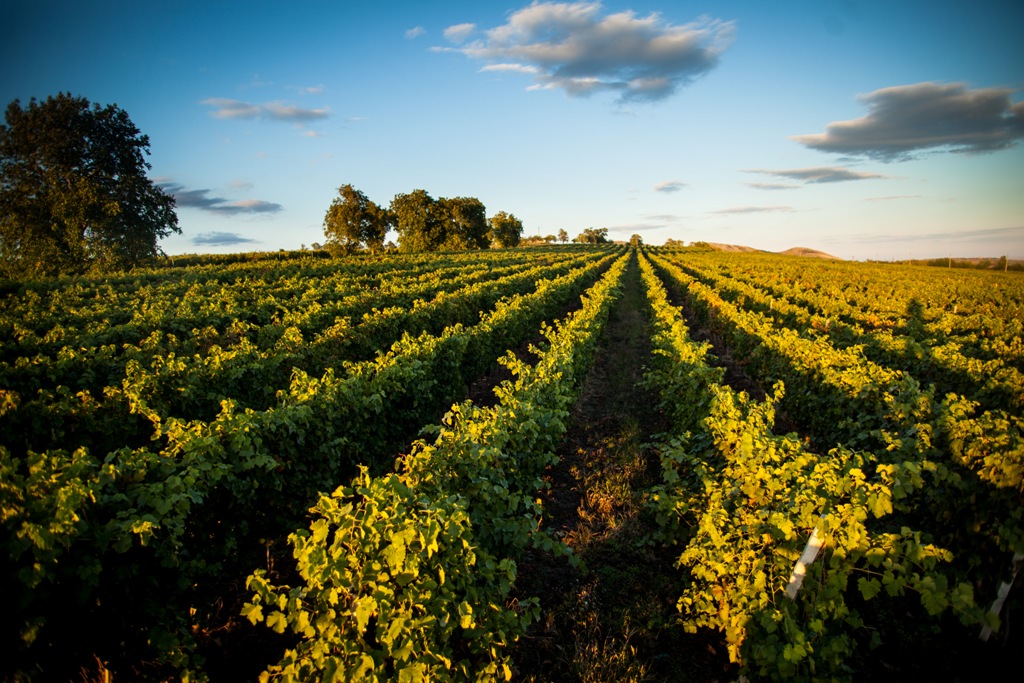
Wine growing has been known for centuries long in Romania. The country has been favored by its geographical position in South-Eastern Europe, by its proximity to the Black Sea, as well as by the specificity of the local soil and climate. Alongside France, Italy, Spain, Germany, countries in this area like Romania could also be called "a vine homeland" in Europe.
Legends of these places say that the country was so rich in vineyards that it is believed that Dionysos, the god of wine, was born in Thracia, on what is nowadays the territory Dobrogea (South-East of Romania).
Archaeological finds and historical documents place the beginnings of wine culture on the present territory of Romania some 4000 years ago. High quality wines produced in this region were object of trade ever since ancient times.
Romania or Dacia as the Romans knew it, had a well-established wine culture. The abundance of food and fame of the Dacian wines were so well-known and tempting that, to put an end to the migratory peoples’ repeated invasions, the Dacian king Burebista (1st
century BC), ordered the destruction of all vineyards, as his high Priest Deceneu suggested.
The coins issued by Romans after having conquered Dacia (106 AD) or Dacia Felix (Happy Dacia or Wealthy Dacia) as the new Roman province was called, presented a woman with 2 children, one of them holding grapes, a proof of the abundance of vineyards in Dacia.
In more recent times, the Romanian viticulture knew several distinct stages, each with its specific impact upon the country's wine industry.
Thus, the 19th century, right up to the outbreak of the First World War, was characterized by ample and close links with France. In the viticulture sector these links culminated with the French wine growers’ advice and practical help extended after the last two decades of the 19th century, when phylloxera hit Romania.
In the 19th century, to the range of local vine varieties, i.e. Zghihara de Husi, Cramposia de Dragasani, Galbena de Odobesti, Feteasca alba, Feteasca neagra, Babeasca, Tamâioasa româneasca, there have been added acclimatized varieties (mainly imported from France, but also from Germany and Italy), like Pinot gris, Pinot noir, Italian Riesling, Merlot, Sauvignon blanc, Cabernet Sauvignon, Chardonnay, Muscat Ottonel etc.
The inter-war period was characterized by closer links to Germany and Austria, when the "spritzer": wine mixed with sparkling mineral water (another local wealth) was introduced in Romania.
Between 1948 and 1989, three distinct types of wine-producing organizations developed: research institutes, wine estates, and co-operative vineyards linked to state wineries. The emphasis was put on quantity rather than on quality. Nevertheless, the Romanian wines used to get many important awards in the international contests.
The liberalization of the economy after 1989 has led to a series of profound changes in the Romanian wine industry. The "co-operative" vineyards have been returned to their private owners and the research institutes currently strive to redefine their core role in the vine and wine sector.
